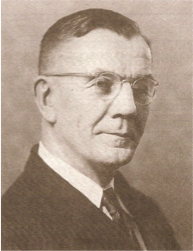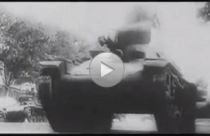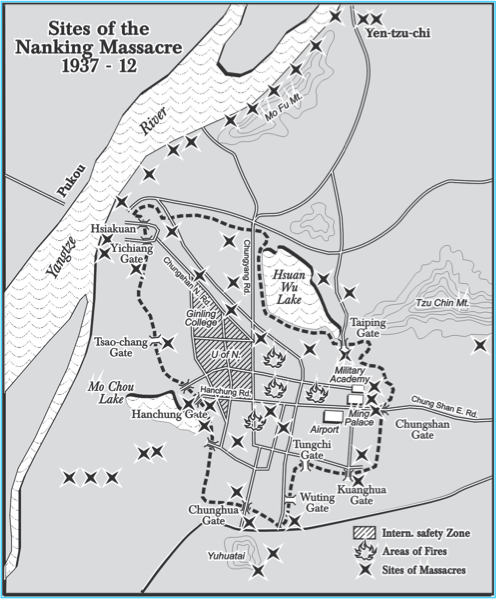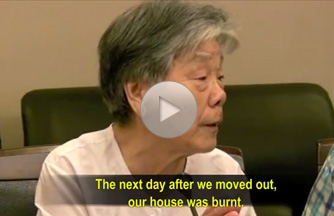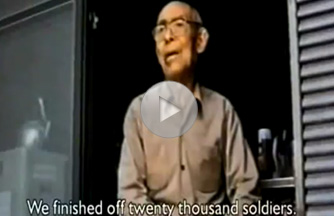Nanking Massacre
Overview
About 100,000 Japanese soldiers entered Nanking on December 13, 1937, encountering little resistance because the battles mainly took place outside the walled city and most of the Chinese troops had evacuated. Nanking had a population of about one million, but approximately half of the residents had fled the city before the Japanese entered. The Japanese army went on a rampage in Nanking following a policy of slaughter known as "The Three Alls" —"Kill all, loot all, and burn all." For the next six to eight weeks, the Japanese troops committed numerous atrocities with unbelievable intensity and is known as the Nanking Massacre or the Rape of Nanking.
The number of Chinese killed in the massacre has been subject to much debate, with most estimates ranging from 100,000 to more than 300,000, including tens of thousands of disarmed Chinese soldiers. They were systematically massacred using bayonets, guns, machine guns, and grenades.
Some were burned alive with gasoline, or drowned, while others were buried alive or buried to their waists to be used for bayonet practice. According to the judgment of the International Military Tribunal for the Far East, also known as the Tokyo Trial in 1948, "Even girls of tender years and old women were raped in large numbers throughout the city, and many cases of abnormal and sadistic behaviour in connection with these rapings occurred. Many women were killed after the act and their bodies mutilated. Approximately 20,000 cases of rape occurred within the city during the first month of the occupation." Many Japanese soldiers described these horrific scenes and their actions in diaries, and some even took photographs.
Prior to the fall of Nanking, all foreign citizens were ordered to evacuate by their respective embassies and institutions. Despite the approaching siege, however, a few Westerners decided to remain behind and to try to protect Chinese civilians. This group of Westerners, composed of missionaries, doctors, nurses, journalists, educators, administrators and businessmen, established the International Committee for the Nanking Safety Zone and the International Red Cross of Nanking. On numerous occasions, they risked their lives by intervening to prevent the execution of Chinese men or the rape of women and young girls. Along with these selfless Westerners, a number of Chinese volunteers also risked their own safety to aid their fellow Chinese in the Safety Zone.
In 1948, the Tokyo Trial convicted Iwane Matsui, commander of Japanese Imperial forces in central China, of Class B and Class C war crimes and sentenced him to death for responsibility over the Nanking Massacre.
Download a full version of the introduction (PDF, 78 KB)Timeline of the Nanking Massacre
1931 |
|
| September 18 | After the Mukden Incident, the Japanese occupy Manchuria, establish Manchukuo (puppet Japanese state) |
1937 |
|
| July 7-9 | Battle between the Republic of China's National Revolutionary Army and the Imperial Japanese Army |
| August 13 | Japanese forces attack Shanghai |
| August 15 | First air raid on Nanking |
| November 12 | Shanghai falls |
| November 15 | Chiang Kaishek's government begins leaving Nanking |
| November 16 | Nanking International Committee for the Safety Zone conceived |
| November 22 | Safety Zone proposal sent to the Japanese authorities, rejected weeks later |
| November 25 | John Rabe wires Hitler for help establishing the Safety Zone |
| December 8 | Chiang Kaishek and advisors flee city |
| December 10 | Japanese forces wait for surrender flag at midday; none arrives. Assault on the city begins |
| December 12 | Chinese soldiers are ordered to withdraw from Nanking |
| December 13 | Japanese troops enter Nanking through the Zhonghua Gate |
| December 14 - 21 | Rape, pillage, murder: first major wave of violence |
| December 14 | The International Committee for the Nanking Safety Zone lodges the first protest letter against Japanese atrocities with the Japanese Embassy |
| December 21 | Japanese military reorganized to complete "mop-up;" second major wave of violence begins |
1938 |
|
| Jan. 28 - Feb 3 May | Third major wave of violence; Safety Zone dissolved, relief efforts continue |
| February 19 | The last of the 69 protest letters against Japanese atrocities is sent by the Safety Zone Committee to the Japanese Embassy and announces the renaming of the committee as the Nanking International Relief Committee |
| Extracted and adapted from: P24, 49, Chinese and Western Rescuers of the International Safety Zone Nanking, 1937-1938 by The Richard Stockton College of New Jersey (2011) | |
Testimonies
Rescuers: Miner Bates
